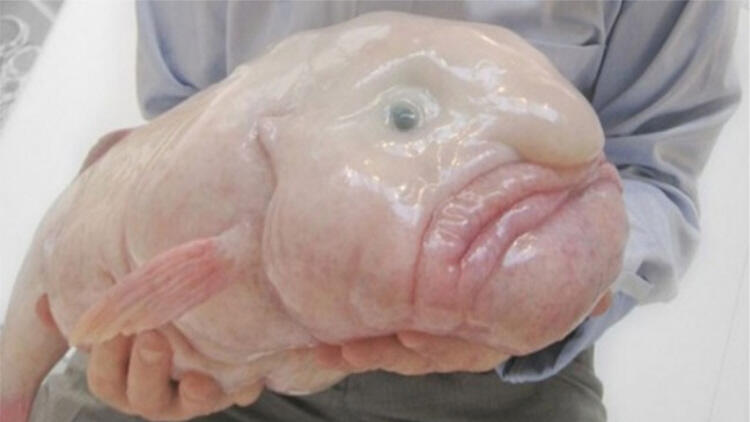It’s not just beautiful lions and gorillas that are threatened. These less glamorous animals need our help too, and the Ugly Animal Preservation Society is trying to draw attention to them
Aye-aye
The odd-looking aye-aye is a lemur, a kind of primate only found on Madagascar. It taps tree trunks in search of hidden insect grubs. When it finds one it chews through the bark, then uses its unusually long middle finger to pull out the grub. Aye-ayes are endangered as a result of the ongoing destruction of their habitat.
Visayan warty pig
Hailing from the Philippines, Visayan warty pigs get their name from wart-like growths on their faces. It’s not clear what the “warts” are for. The pigs are critically endangered, their population having fallen by 80% in just three generations.
Naked mole rat
Don’t let its ridiculous appearance fool you: the naked mole rat is a superhero of the animal kingdom. It is one of only two “eusocial” mammals, living in colonies where only the queen breeds and the majority of animals are sterile workers, much like honeybees. The workers dig extensive networks of tunnels in search of underground tubers to feed the colony. If that weren’t enough, naked mole rats don’t get cancer, and cancer researchers are eager to find out why.
Humphead wrasse
Humphead wrasse live on coral reefs in the Indo-Pacific. They are big, predatory fish, with the males reaching 2 metres long. They eat difficult and even toxic animals such as sea hares and crown-of-thorns starfish. But they are endangered, mostly as a result of overfishing.
Giant Titicaca Lake frog,
Telmatobius coleus are large frogs that are only found in Lake Titicaca in South America. They have enormous folds of skin, which increase their surface area and help them absorb more oxygen from the surrounding air. As a result of their baggy skin, they are sometimes called Titicaca scrotum frogs. The frogs are critically endangered because humans have collected too many to eat, their habitat is being lost and invasive species are taking over what is left.
Proboscis monkey,
No prizes for guessing why proboscis monkeys got their name. It’s not clear why their noses are so big, but males tend to have bigger ones than females, so they might serve as a marker of sexual attractiveness – a bit like the feathers of a bird of paradise, but less obviously pretty. They also have complicated digestive systems to help them digest leaves and fruit, and may be the only primate that chews the cud. They are endangered as a result of their habitat being destroyed.
Pacific hagfish
Hagfish are some of the most ancient backboned animals. Unlike most fish they have no jaws. They feed on the corpses of marine animals that drift to the bottom of the ocean, burrowing inside the bodies and eating them from the inside. The Pacific hagfish is particularly good at this, because it is the only backboned animal that can absorb food directly through its skin. Like all hagfish it can also produce enormous amounts of slime to choke prey animals and deter predators.
Purple pig-nose frog
India’s purple frog spends almost all the year underground, surfacing for around two weeks in the monsoon to breed in temporary ponds created by the torrential rain. As a result of its reclusive lifestyle, it was only discovered in 2003. It is considered endangered because it is confined to a small area, and the forests it lives in are being cut back to make way for farms.
BBC Earth



















